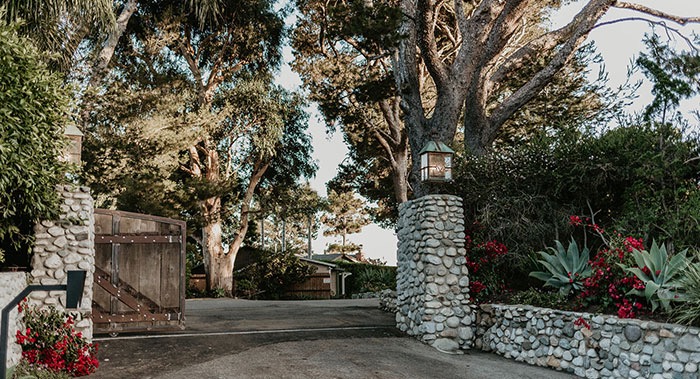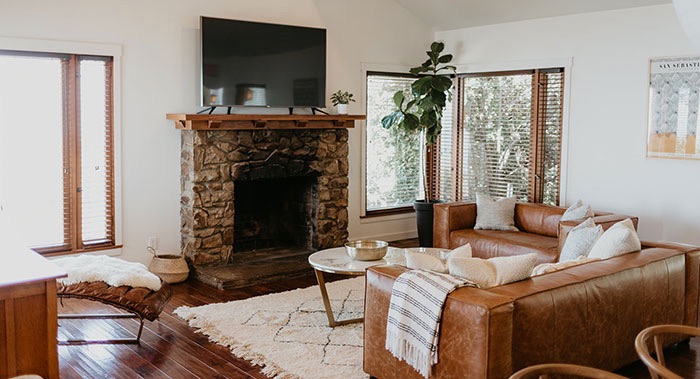Oro House provides our clients with access to Sober Living Homes in Los Angeles and Malibu, California to continue the recovery work done during treatment for those who want it or need it.
Substance detox and addiction treatment programs are the most important first steps to addiction recovery. But many people need additional help after completing those phases.
Sober living offers a safe, social, and structured transitional living environment to focus on continued healing while learning to thrive in the next stage of life.
Studies have shown that social and environmental factors play an important role in the success of addiction recovery, according to the National Institutes of Health. A living environment that is free from drugs or alcohol is one of the best ways to remain sober and prevent relapse.

